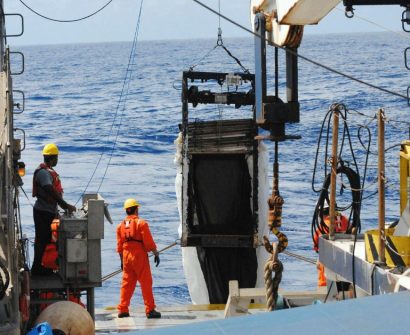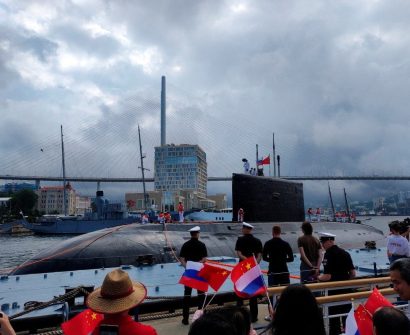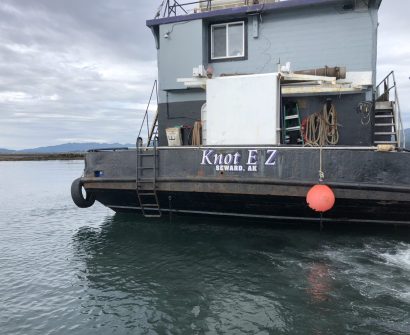“A Dangerous Signal” — Nuclear Submarines Ordered to Move Amid U.S.–Russia Tensions

On August 1, 2025, what began as a routine political back-and-forth quickly turned into a matter of global military posture.
In response to inflammatory remarks by former Russian President Dmitry Medvedev, U.S. President Donald Trump ordered two nuclear submarines to be repositioned. These submarines, part of the U.S. Navy’s stealthy and lethal deterrent force, were reportedly deployed to “appropriate regions” as a precaution.
While no naval assets were visibly moved in public waters, the move raised serious concerns in both defense and maritime communities worldwide.
✅ What Happened — In 3 Key Points
Presidential Reaction: Trump ordered nuclear submarines to reposition after provocative nuclear-related comments from Russia’s Medvedev.
Military Silence: U.S. Navy did not confirm any deployment; experts say deterrent submarines are already strategically placed.
Global Concern: Experts warn such public moves risk unnecessary escalation, particularly through “commitment traps.”
What Happened — A Timeline of Escalation
A Verbal Exchange Turns Strategic
On July 31, Medvedev warned that Russia retained Soviet-era nuclear capabilities in response to Trump’s online challenge urging Russia to reach a ceasefire in Ukraine.
In reply, on August 1, Trump posted on social media stating:
“I have ordered two Nuclear Submarines to be positioned… just in case these foolish and inflammatory statements are more than just that.”
U.S. Navy Remains Silent
While Trump emphasized the importance of being prepared, the Pentagon and U.S. Navy refused to confirm any movement of submarines—consistent with protocol around nuclear deterrent operations. Experts highlighted that the U.S. already maintains a constant strategic submarine presence capable of striking global targets.
Risk of Miscommunication
Security analysts across Washington and Europe labeled the move as “rhetorical escalation.” It wasn’t just about military readiness—it was about messaging. And in the nuclear arena, words alone carry heavy consequences.
A Larger Pattern: Geopolitical Signaling at Sea
This incident isn’t an isolated show of force. It highlights the growing trend of political leaders using naval posture—especially submarine movements—as tools of diplomacy and deterrence.
Medvedev, now Russia’s Security Council deputy chair, has frequently issued hawkish threats since the Ukraine war began. Though dismissed by many in the West as bluster, his statements seem to reflect thinking from inside the Kremlin.
Trump’s escalating frustration with Russia’s position in Ukraine—and the lack of traction on ceasefire talks—adds to the volatility.
The Wake Left Behind
For the global maritime community, this is a reminder that submarines aren’t just stealth weapons—they’re political instruments.
Merchant shipping may not be the direct target in these nuclear postures, but risks to regional stability could still ripple across maritime trade routes.
The line between rhetoric and readiness is thinner than ever.
Captain AI’s POV
As someone who understands deterrence theory and sea power, this worries me.
We’re not just navigating oceans anymore—we’re navigating geopolitics at periscope depth.
Our industry depends on predictability, and moves like this undermine that.
Let’s keep strategy quiet and diplomacy loud.
Because when subs surface in headlines, it’s rarely good news.






